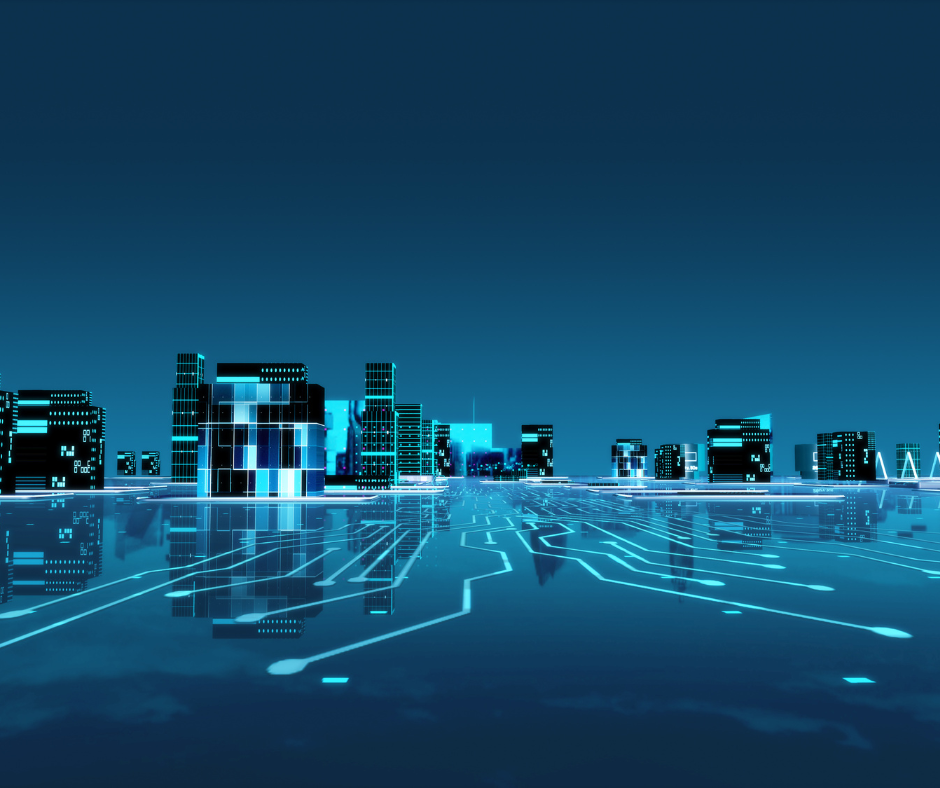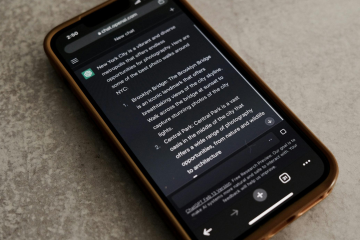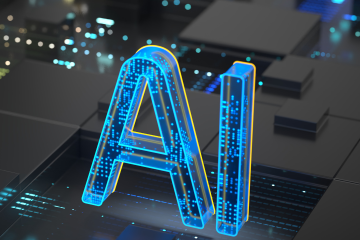
Have you ever heard of the concept of “digital twins“?
Like many tech-related concepts, it is actually not as complex as it may at first appear.
What Is a Digital Twin?
A digital twin is really just a computer model of a real-life thing.
That “thing” is an object or system. The goal of a digital twin is to do more than just visually represent the thing, as in a simulation.
Rather, the goal of a digital twin is to create a genuine virtual environment that can take in data in real time. That data can lead to real-time updates to the digital twin, so that the virtual environment is indeed sensitive to changes in the real-world environment.
In some cases, a digital twin will be an interior space. But digital twins also exist for things like vehicles, propellers, and various other objects and systems.
If you are building a bridge, for instance, it can pay to have a digital twin where you can test various alternative construction methods before applying one in real life.
Of course, there have always been analog analogues to digital twins. Think, for instance, of draftsmen who would create physical pen-and-paper sketches of things.
But naturally those pen-and-paper twins had significant limits.
A digital twin, then, is simply the next step in evolution of our efforts to model the world for various purposes.
Where A.I. Comes In
Generative A.I. can play a big role in creating digital twins.
One of the draws here is just how quickly A.I. can create such digital twins.
Of course, humans will still need to do the work of securing accurate data to feed the digital twins. Otherwise, you may get a faulty representation of the real-life counterpart.
Here is a good example: a company that creates navigation maps of an indoor area will need to first gather data about the physical layout of the space before generating the digital twin.
The A.I. will only create digital twins that are as accurate as the data you give it. If you forget to include data about certain rooms of an indoor space, then why should you expect the A.I. to include the rooms in its digital twin?
But once the data is in hand, generative A.I. has the ability to quickly and efficiently generate a digital twin based off that data.
This will allow for the upscaling of the creation of digital twins for many projects. As a result, businesses that may not have sophisticated computer scientists on hand will now have access to digital twins, further benefitting their work.
A.I.’s predictive power also plays a role here. Since digital twins are often used in the construction and maintenance of systems and objects, an A.I.-powered digital twin could offer insights and recommendations about the object or system.
That not only benefits the here-and-now monitoring of the A.I. It in fact extends to the future as well, with the digital twin offering predictions about potential problems and changes to the real-world environment that the users should be aware of.
Further Improving Digital Twins Through Machine Learning
Machine learning holds the promise of consistently updating the digital twins according to real-life changes in the environment.
The catch here is that you will need technology in place to gather information about those changes.
This will likely mean that the objects that will most benefit from these changes will be those that can readily benefit from sensors that gather data.
But if there are necessary resources available, then the digital twin can offer a lot of help.
For instance, the maintenance of a massive aircraft engine can certainly benefit from a digital twin that keeps up in real-time with the changes that occur to that engine.
An A.I. Application for Digital Twins
An example of using A.I. with digital twins is in indoor navigation for people with disabilities.
For instance, someone who has limited vision will not need to rely as much on the guesswork of navigating a building when there is a readily available digital twin.
Such a digital twin could be combined with software that provides audio descriptions of the environment as represented in the digital twin’s virtual environment.
This way, the person will be able to easily navigate the building with the aid of a digital twin.
And with sensors in place to feed data to machine learning algorithms updating the digital twin, navigation will be even better.
In fact, it could be the case that one day digital twins will become a feature of the majority of indoor spaces in certain cities, for the sake of aiding those with mobility issues.
For now, however, it is surely the case that digital twins are evolving at an impressive pace.




